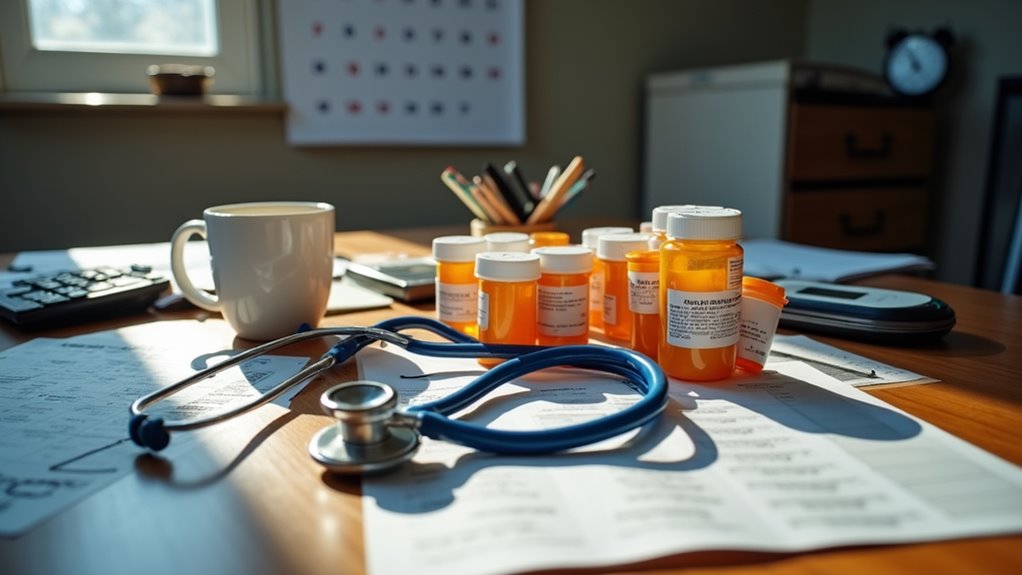Diagnosis: unexpected and unwelcome. That’s how most of the 18 million women affected by gestational diabetes annually describe their experience.
Now, a nationwide expansion of gestational diabetes management programs aims to tackle this growing health crisis head-on. Because apparently, affecting 15% of pregnancies worldwide wasn’t enough to get proper attention until now.
These specialized programs aren’t just fancy medical jargon and pamphlets. They’re extensive systems requiring OB/GYN referrals and involving entire healthcare teams. Patients receive personalized self-management plans, glucose monitoring devices, and attend special classes.
The goal? Maintain normal blood sugar levels. Simple in theory. Brutally difficult in practice.
The timing couldn’t be more vital. Gestational diabetes rates keep climbing, thanks largely to increasing obesity among women of reproductive age. It’s now the most common pregnancy complication. Not exactly the prize anyone wants to win.
The condition’s development isn’t just bad luck. Insulin resistance from placental hormones, genetic predisposition, and environmental factors all play roles. Diagnosis typically happens mid-pregnancy through glucose tolerance tests.
Then comes the fun part – dietary changes and physical activity. If that fails, hello insulin or metformin.
Research remains essential for prevention and treatment strategies. The American Diabetes Association funds various projects, with recent studies exploring everything from postpartum glucose testing to innovative interventions like ankle weights for post-pregnancy exercise. Many women fail to receive post-partum glucose testing despite its importance in identifying prediabetes early.
Because nothing says “welcome to motherhood” like strapping weights to your ankles.
The stakes are high. Gestational diabetes increases risks of cesarean sections and macrosomia. These classes provide crucial education on understanding the effects of gestational diabetes on both mother and baby while teaching proper management techniques. Women who’ve had it face higher chances of developing type 2 diabetes later. The economic burden? Substantial.
Treatment targets are specific – preprandial levels of ≤95 mg/dL and postprandial levels of ≤140 mg/dL (1 hour) or ≤120 mg/dL (2 hours).
Miss those targets, and complications loom.






